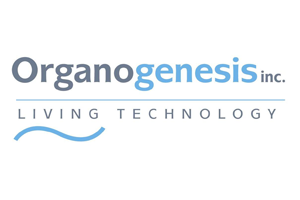
In the heart of Boston’s Innovation District lies Fraunhoufer’s Center for Sustainable Energy Systems (CSE), Fraunhoufer’s state-of-the-art research and development facility for the commercialization of clean energy technologies. At CSE, labs are ready to develop prototypes and deploy field demonstrations, in addition to providing fellowship and internship opportunities for researchers, entrepreneurs, and young professionals.
TechBridge is a technology commercialization program that Dr. Johanna Wolfson manages. The program strives to help early-stage clean technology startups hit the ground running by proving their value to investors and the industry. In addition to technical help, CSE allows startups to enjoy fundraising support and its vast network of investors and strategic partners—all at no cost.
The CSE building is a 2013 retrofit of a 100 year old building designed and reconstructed by the latest in energy conservation technologies. A couple features worth mentioning are the temperature control system and the “Synergy Elevator.” Passive air conditioning and laminar cooling systems provide a steady, uniform velocity along parallel flow of air to allow people to stay cool without cooling the entire room. The elevator, on the other hand, uses a gearless motor and a highly efficient brake system called “regenerative breaking” that recaptures a lion portion of the power and sends it back to the grid. It also produces less heat compared to conventional elevators.
The building is a wonderful showcase of the latest developments in energy efficiency technologies. More recently, though, Fraunhoufer’s TechBridge teamed up with fellow industry leader Greentown Labs to create PROPEL, a 6-month prototype development program for cleantech startups that utilizes TechBridge’s technology support and Greentown Labs’ incubation space. Greentown Labs, which is the nation’s largest cleantech incubator, additionally allows startups access to equipment, software, and business resources.
The PROPEL program’s mission is to create a more interconnected world through supporting innovations in self-powered Wireless Sensor-Actuator Networks (WSANs). Such startups will develop technologies and prototypes for distributed sensing and actuation networks and customer validation. PROPEL launched in April, 2015 and will use an application and screening process to select up to five teams that will begin working in Greentown Labs in September, 2015. In addition to prototype development, technical guidance, expert feedback from investors and industry partners, and incubation space, accepted companies will receive $10,000 in non-dilutive funding.
As a professional writing services company, TRA360 has been working with cleantech startups since 2011 and entrepreneurs since 1991.
Are you a cleantech professional or services provider? Comment below or let us know on Facebook and Twitter @TRA360!



